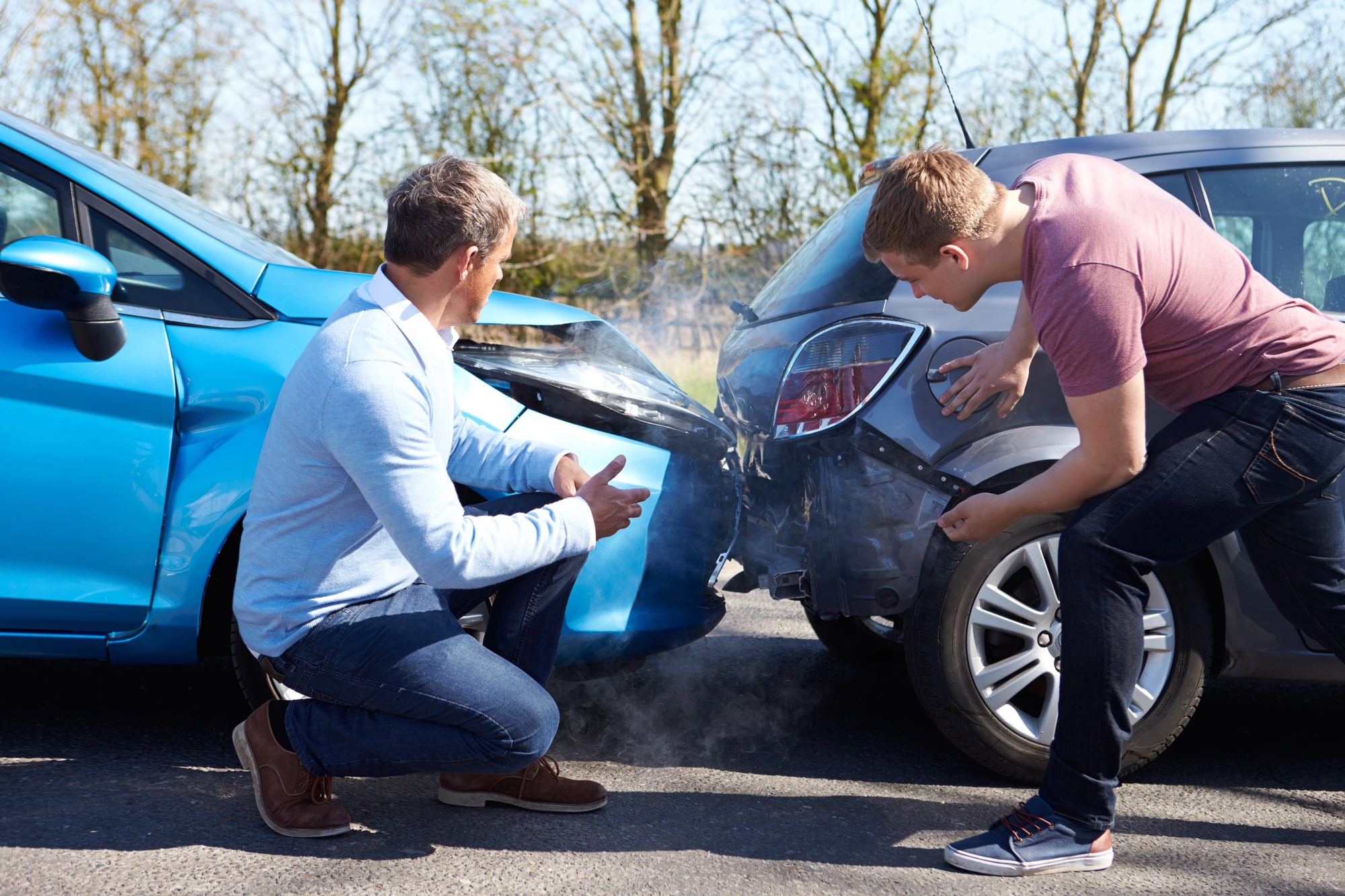Answering Common Questions Regarding Fault In Car Accidents

When people are involved in car accidents, one of the most common questions is how fault is determined. Drivers often want to know what evidence matters most, how insurance companies make decisions, and whether they may share some responsibility. Below, our Denver, CO car accident lawyer has put together a set of common questions and answers to provide clear and practical information.
What Evidence Do Investigators Use After A Crash
Investigators usually look at several factors to figure out who was at fault. This includes police reports, witness statements, photos, video footage, and any physical damage to the vehicles. Skid marks, weather conditions, and road design may also play a role. According to our car accident attorneys, all of this helps paint a clear picture of what happened in the moments leading up to the crash.
Can Both Drivers Share Responsibility
Yes, in many cases, both drivers may share a portion of the blame. If one driver was speeding while the other failed to yield, both may carry some level of responsibility. Many states follow rules of comparative fault, which means compensation can be reduced based on the percentage of fault assigned. It’s important to understand how these rules apply in the state where the accident occurred.
How Do Insurance Companies Decide Fault
Insurance companies review all available evidence, including police reports, statements, and photos, before making their decision. They may also rely on traffic laws and the details provided by each driver. Sometimes they hire accident reconstruction professionals when the details are disputed. The final determination may affect how much each driver’s policy pays for damages.
Does A Traffic Citation Mean Automatic Fault
Receiving a traffic citation can be a strong piece of evidence, but it does not always mean automatic fault. A driver may be ticketed for speeding, but another driver could still be found more responsible for causing the accident. Citations are part of the evidence, but they do not always tell the full story. That’s why courts and insurance companies look at all available details.
What If Fault Cannot Be Agreed On
When fault cannot be agreed on, the case may move to further review. This may involve additional investigation, arbitration, or even litigation. In these situations, having strong evidence such as photographs, medical records, and eyewitness testimony becomes especially valuable. Since 2016, our team has worked with many individuals in similar situations to help protect their rights and build a strong case.
Moving Forward
Car accidents raise many questions, and knowing how fault is determined can make the recovery process a little easier. Every case is different, and rules can vary depending on the state. If you have been involved in a crash and the fault is unclear, contact our legal professionals at Strong Law Accident & Injury Attorneys, who can thoroughly review your case. Contact us today for a free evaluation to learn how we can help you move forward with confidence.


